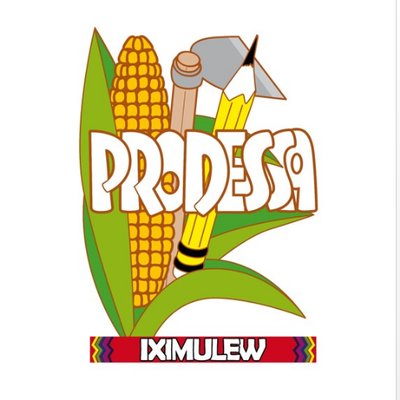Evaluating a School Mentorship Program in Guatemala to Reduce Dropout Rates and Increase Awareness of Human Trafficking
In collaboration with IPA and Proyecto de Desarrollo Santiago (Prodessa), researchers are conducting a randomized evaluation in Guatemala to measure whether a mentoring program and information sessions for sixth grade students reduce school dropout rates and increase awareness of child labor and human trafficking.
Between 2022 and 2023, 21 percent of migrants from the Northern Triangle coming to the United States were unaccompanied minors,1 more than half of whom were Guatemalan.2 Although primary school attendance is high in Guatemala, in rural Quiché provinces, only 54 percent of students transition between primary and secondary school. Evidence suggests that household economic constraints, social elements—violence, gang influence, family breakdown, gender discrimination—among other factors, are significant contributors to children dropping out of school.3 This in turn can increase their risk of migration and of becoming a victim of human trafficking.
In collaboration with IPA and Proyecto de Desarrollo Santiago (Prodessa), researchers are conducting a randomized evaluation to measure whether a mentoring program and information sessions for sixth grade students can reduce school dropout rates and increase awareness about child labor and human trafficking. A total of 231 schools (comprising 2,310 students) from Quiché provinces have been randomly divided into the following groups:
- Mentorship program (77 schools): Mentors work with students to learn about the returns of education and career options, learn about the risks of child labor and human trafficking and how to identify them, and acquire soft skills to help them build confidence and perform better at school. In addition, caregivers and teachers receive some mentoring sessions.
- Information sessions (77 schools): Students, teachers, and caregivers receive information-only sessions about the content in the mentoring program.
- No intervention (77 schools): This group will serve as the comparison group.
Results will be available in 2025.
Sources
1. Congressional Research Service. 2023. “Central American Migration: Root Causes and U.S. Policy.” https://sgp.fas.org/crs/row/IF11151.pdf
2. US Customs and Border Control, “Southwest Land Border Encounters,” US Customs and Border Patrol, date accessed June 21, 2024, https://www.cbp.gov/newsroom/stats/southwest-land-border-encounters
3. UNESCO, “Uncertain Pathways: How gender shapes the experiences of children on the move,” UNESCO, August 27, 2021, https://data.unicef.org/resources/uncertain-pathways-how-gender-shapes-the-experiences-of-children-on-the-move/
International Organization for Migration. Fatal Journeys Volume 4: Missing Migrant Children. Geneva, CH: IOM, 2019
Implementing Partner

Funding Partners















